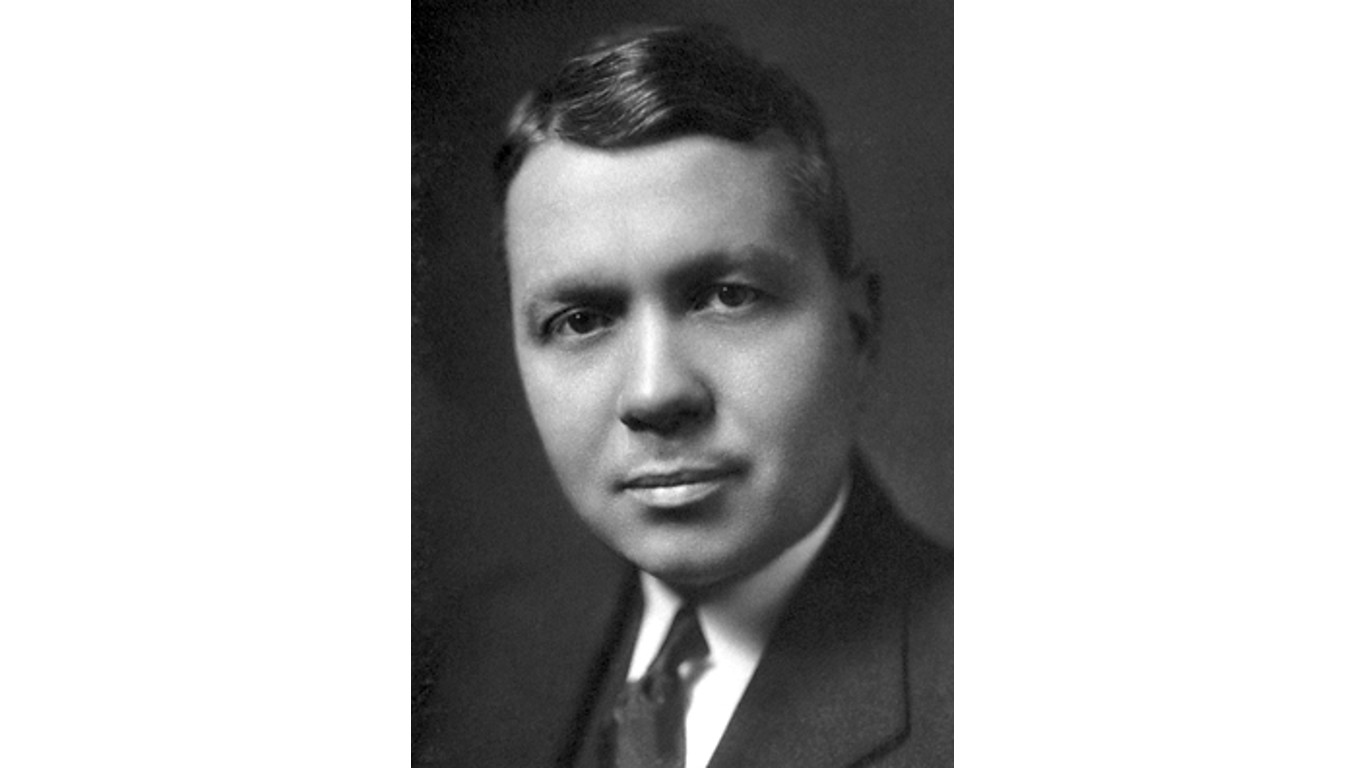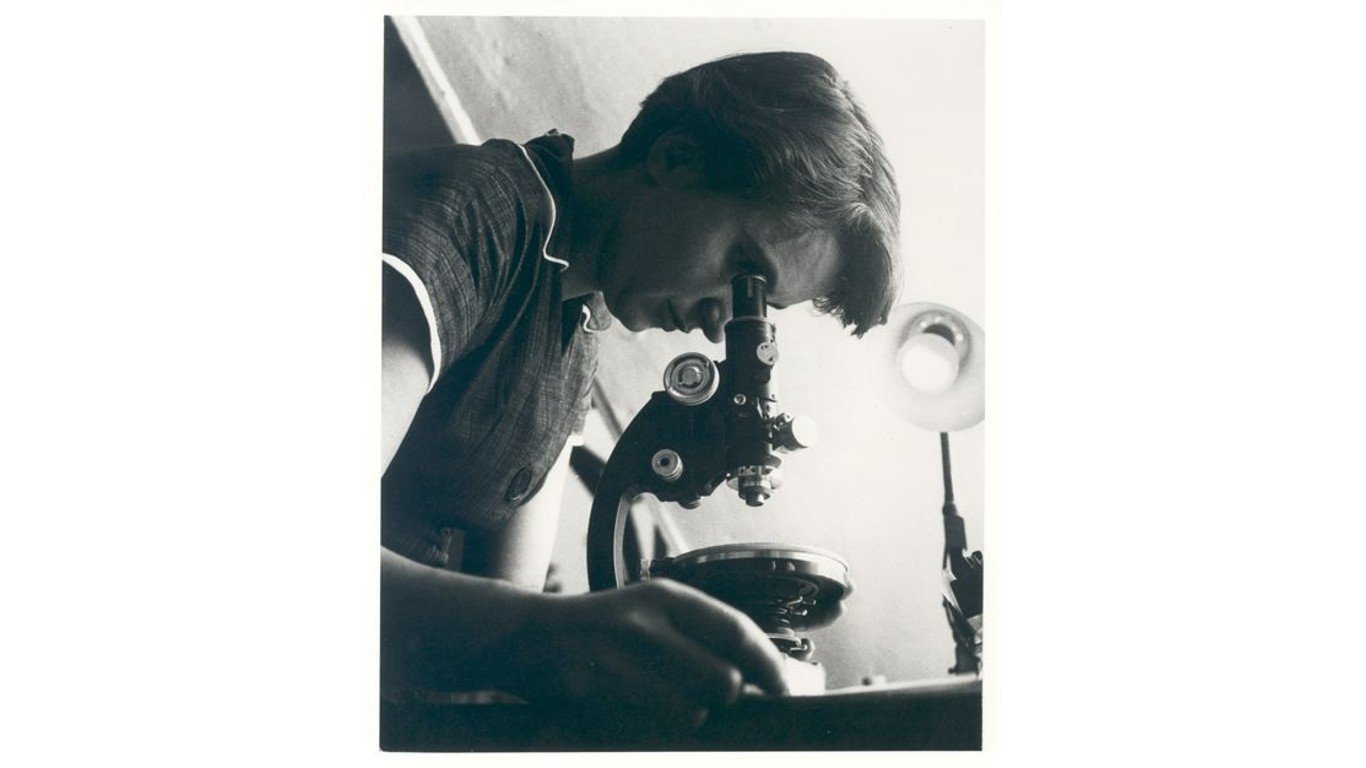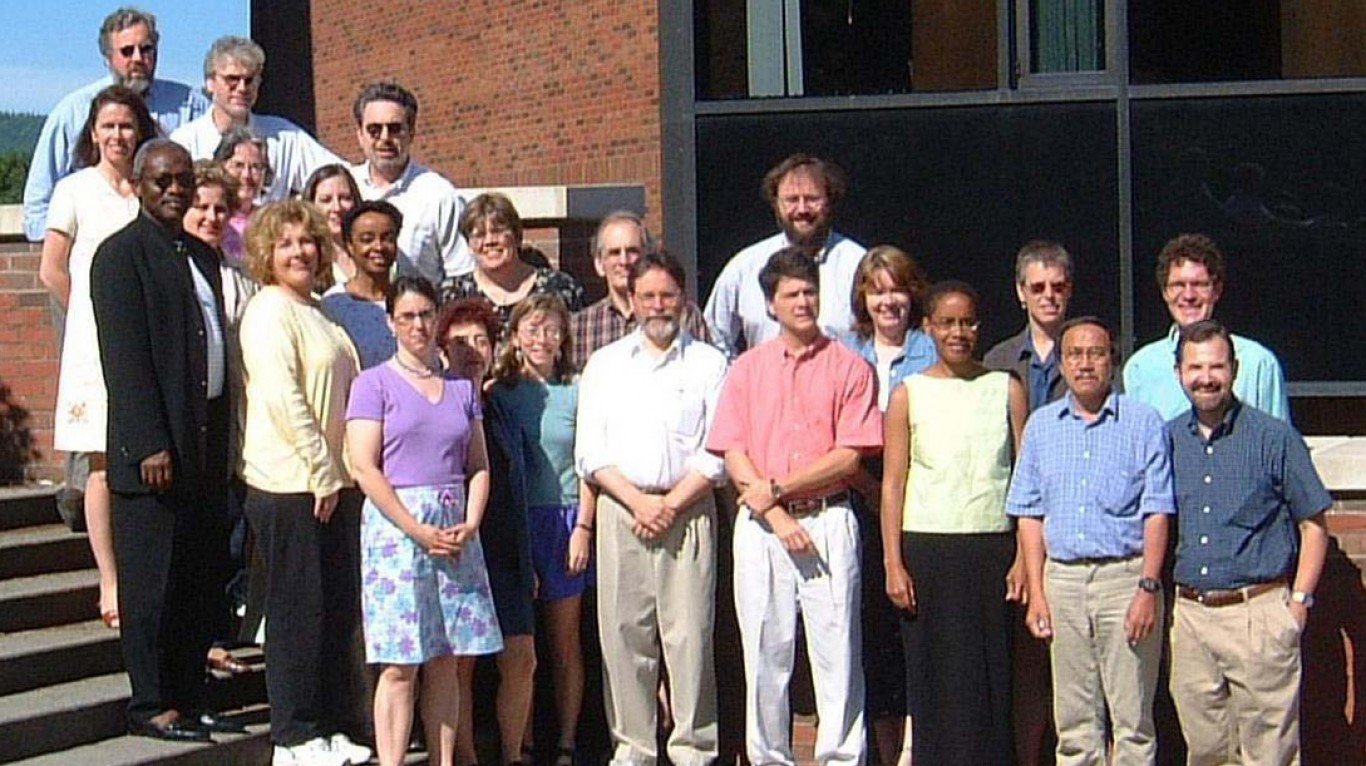DNA helix structure
> Year of discovery: 1953
> Person(s) involved: Rosalind Franklin, Francis Crick, and James Watson,
Rosalind Franklin was a scientist working on X-ray crystallography, a process which helps visualize structures of microscopic materials. Meanwhile, Francis Crick and James Watson were attempting to determine the structure of DNA. Watson and Crick learned of Franklin’s research, and used it to help determine the double-helix structure of DNA. Sadly, only Watson and Crick were credited when winning the Nobel Prize, despite Franklin’s major contribution to the discovery.

Amino acids
> Year of discovery: 1953
> Person(s) involved: Stanley Miller and Harold Urey
Stanley Miller and Harold Urey set out to emulate conditions on earth in its early days, and determine how life could have formed prior to the production of oxygen. This experiment gave a concrete understanding of chemical reactions that create amino acids, some of the building blocks of life.

Exoplanets
> Year of discovery: 1992
> Person(s) involved: Aleksander Wolszczan and Dale Frail
Exoplanets are any planets that exist beyond our solar system, two of which were discovered by Aleksander Wolszczan and Dale Frail in 1992. These rocky bodies orbit pulsars, or neutron stars. They’re located about 1,170 light years from earth, and scientists who have studied them do not believe they are capable of supporting organic life due to their constant exposure to solar radiation.
Human genome sequencing
> Year of discovery: 2003
> Person(s) involved: Human Genome Project
As the field of genetics evolved, many scientists hoped to sequence the entire human genome, a feat which seemed impossible prior to the aid of technology. In 2003, the Human Genome Project successfully sequenced nearly 90% of the human genome thanks to a huge collaborative effort across scientific disciplines and teams. The project also raised important questions about bioethics.
Australopithecus sediba
> Year of discovery: 2008
> Person(s) involved: Matthew Berger
Australopithecus sediba appears to have been part human, part ape, helping to fill in a blank in human evolution. Matthew Berger, the son of paleoanthropologist Lee Berger, found an intact skeleton of the species, nearly two million years old, in Malapa, South Africa, in 2008.








